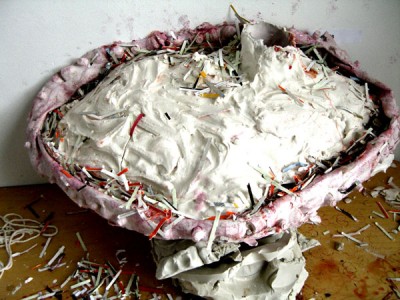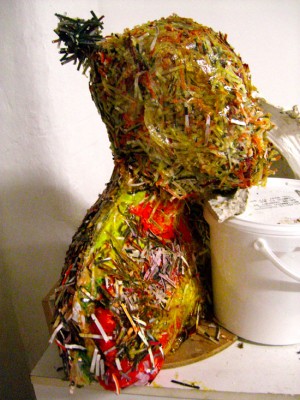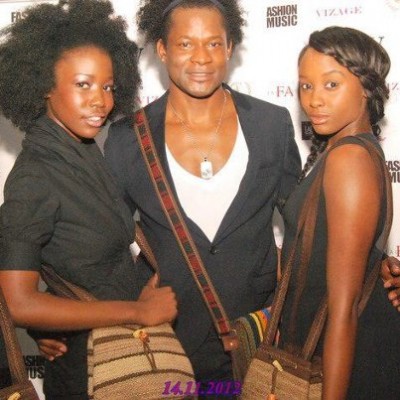Something Three Dimensional IV
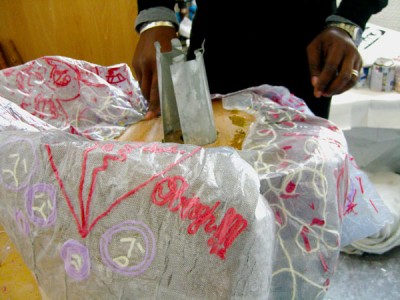 After going through all the various processes of creating a bandage plaster cast of my bust, making a positive cast in plaster, using this to make a negative mould from silicone rubber and then creating an aggregate cast with the use of shredded paper and shopping bags, I have finally completed the Three Dimensional project.
After going through all the various processes of creating a bandage plaster cast of my bust, making a positive cast in plaster, using this to make a negative mould from silicone rubber and then creating an aggregate cast with the use of shredded paper and shopping bags, I have finally completed the Three Dimensional project.
In order to express the feelings of loneliness, sadness, rebelliousness, disconnection, anger, which was brought about by the breaking up of my family when I was a youngster, I have managed to tell this story by using textiles I have created from polythene membranes which was used to encapsulate shredded paper, texts that simulate embroidery in reference to the feelings of isolation and loneliness mentioned by Quinn, 2008, p.15. Textiles at the Cutting Edge (Contemporary Textiles).
I have also used black netting to symbolize those dark moods, coral and red netting as a symbol of energy, passion and anger, hessian boating rope to represent a power source and also using this as an allegorical representation of the umbilical cord which connects an embryo to it’s mother and is a source of sustinence and energy the life source. The rope also has been knotted in a chain to symbolize how our thoughts and actions inadvertently affect everyone ( as in the case of my parents splitting up). Who was to know that that action would lead to me having these feelings when I come across objects like desolate looking buildings looking unloved and unwanted or pylons that stand on their own in isolation. If the party concerned did not carry out the action of splitting up, it is very unlikely that these feelings would be evoked at the sight of such architechtural sites or auxillary posts like pylons.
This work has been titled : ‘Behind the Veil’. It’s been so named because I am trying to highlight what lies beneath the calm and seemingly happy fascade that we all project. It is not obvious to the onlooker that I harbour such feelings and emotions that were a result of my childhood experiences. Even I never gave these feelings that much thought. When I see old buildings looking sad, desolate and abandoned, it is not the building in itself that brings this about but my mind, which tends to associate these feelings with such visual attributes in structures. It just seems to be telling me that I don’t want to be there because I don’t want the familiar experience relived again.
Below are the images continuing from the previous post ‘Something three dimensional III. It shows the remaining stages from cast to encapsulation and final assembly of the work.

Fig.1. The head cast being revealed.
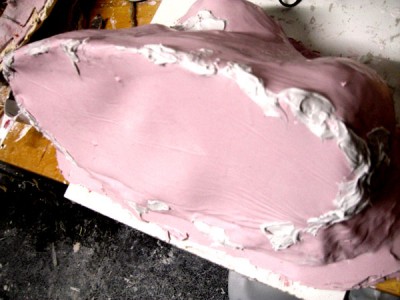
Fig.2. I had to mend the rubber mould for the bust because it had holes in it when I tried to free it from the plaster mould. This is because I was economizing on my silicone rubber.

Fig.3. More patchwork being done.
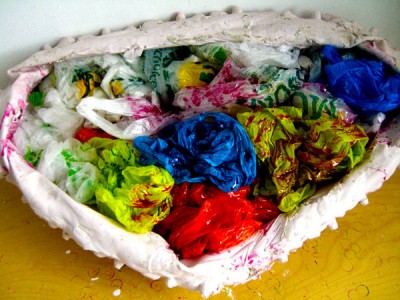
After doing all the patching and got the rubber mould to cure, I then went on to stuff the rubber mould with aggregate materials in the forms of shredded paper and shopping bags pouring a resin mix with added colour on it. Then covered the stuffed mould with the back mould which held everything in place.
Fig.4. The back of the mould placed on top. I poured the resin in via the mouth which was created whilst making the hard case using clay. When the resin had engulfed the aggregate materials, I could just see it brimming on the sides, so I added some shredded paper to soak up the excess.
Also, it’s worth pointing out here that I had to smash the original case i made for the bottom mould because I couldn’t remove the rubber mould or the plaster mould from it due to an error which i made whilst making the case. So, I have improvised here and propped the mould against the wall to keep the base flat and also using the front of the defunct casing (which survived intact) to help give the torso cast some definition.
Fig.5. I have removed the other half of the mould and put some more resin leaving it to the side to cure.
Fig.6. While the head and bust cast were still tacky, I have attached the head to the neck and tried to get the different parts to weld together. But after a few days, it still hadn’t fused so I propped the head up with a container using hardened clay for extra support.
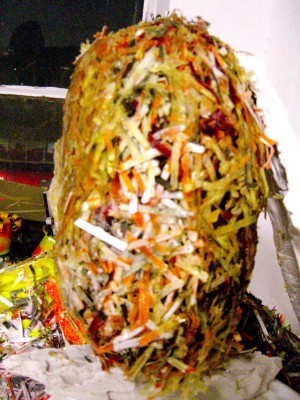
Fig.7. It also had support on the side too. I wasn’t too sure it would work, but I had to try and see. I was hoping that as the resin got harder and harder, it would help the head fuse to the neck.

Fig.8. The view from the side.

Fig.10. After a few days, the head was still not fixed to the bust so I decided to use umbrella struts as and anchor. Driving them well into the neck and then perching the head on the neck with these metal struts as reinforcement.

Fig.11. Trying out a composition with the rope just to see the effect once the head has been securely attached.
Fig.12. Side view.
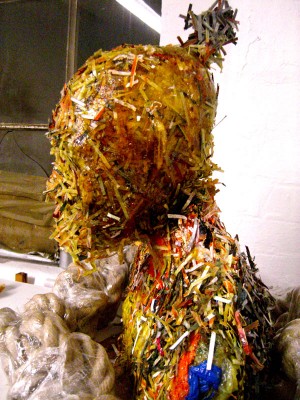
Fig.13 The head was being held in place with the umbrella rods, but I needed to steady it otherwise, i faced the prospect of finding it on the floor in the morning.

Fig.14. I did the ingenious thing by tying a rope round the head and attaching that to a hook on the wall. The idea is to create some tension and keep the weight of the head from keeling over. Then the resin will have a good chance to weld.

Fig.16. By the third day it was very steady and removed the ropes and clingfilm.

Fig.17. Wrapping the cast with clingfilm to make corrections now gave me an idea. The fumes from the resin was still overpowering and I felt that encapsulating the whole piece in clingfilm would not only go with my encapsulating theme, but it will trap the fumes and also give the piece a finished look.

Fig.18. Showing where the neck was patched, using clingfilm to hold it in place.

Fig.19. The back view with clingfilm laminate on it.

Fig.20. Trying a composition with the rope again…just looking for what would be the best arrangement considering there were other things to be included as well.
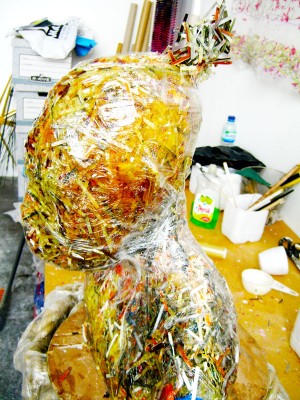
Fig.21. Side view showing encapsulated bust.

Fig.22. The making of textiles to go with my sculpture using polythene membranes. Writing was made possible with the use of a writing template. I constructed the coursive script texts, placed it underneath the membrane and then using a linear trace, recreated the writing in wool. The linear writing keeps the delicate and decorative look of the fonts.
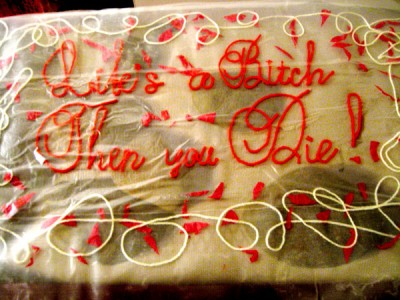
Fig.23. I then go on to introduce other decorative lines, the loops and curves symbolizing twists and turns in my life journey. The red bits of paper indicates energy.

Fig.24. The encapsulated section.

Fig25. what it looks like on the wall

Fig.26. Another section of the three metre long textile showing a heart splitting in two with an inscription of mum and dad on each half. The purple circles at the bottom are symbolizing us the children with sad faces and and incription in red expressing anger and frustration “Arrgh!!!”

Fig.27. This is a section of the textile showing two happy hearts representing my parents, wedged inbetween them is the five circles that represents me and my siblings in a straight and orderly line suggesting togetherness and one happy family unlike the preceeding image where they are scattered and disconnected.
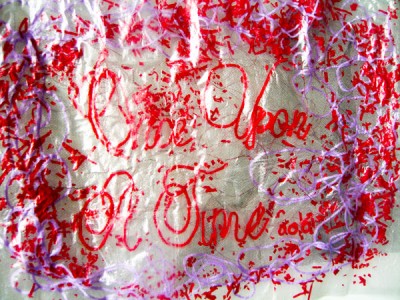
Fig.28. “Once upon a time….” An inscription telling the story with symbols.
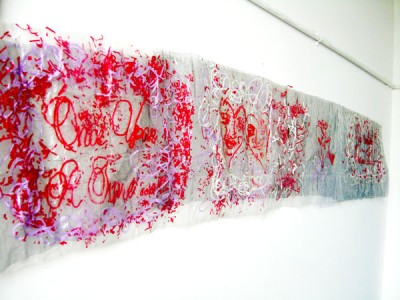
Fig.29. This is how the whole textile looks.
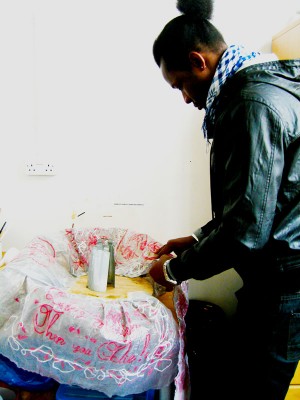
Fig.31. Starting to drape the textile round a found object that I will be using as part of my sculpture. It’s the empty spool of a ream of wire cable

Fig.32. I first try to tack it down with drawing pins and creating pleats as I went along.

Fig.33. Showing the pleats. It was starting to look like a Tutu which was unexpected.
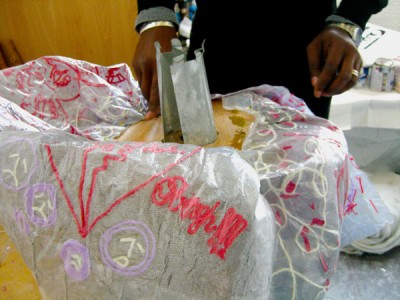
Fig.34. Standing back to assess what’s being done.

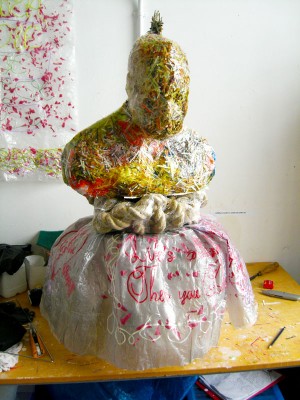
Fig.36. A trial run with the sculpture planted on the ropes and the textile. It looks quite fetching and but if I left it like this it wouldn’t be saying everything i want it to say.

Fig.37. It became clear that I would need the platform to be raised a little if i was going to have it drapped like that.

Fig. 38. Front view.

Fig.39. I decided to knock two empty tubs of plaster together to get the desired elevation filling the bottom with pieces of waste plaster for added weight and using hot silicone glue to join them.
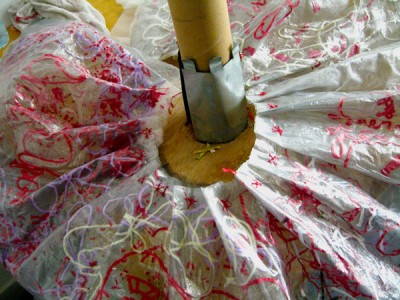
Fig.40. I have now cross-stitched the textile with thread to hold down the pleats because I felt the tack pins won’t work as I wouldn’t want this to be at the bottom.

Fig.41. Obviously needs elevation.

Fig.42. Tacking down the cardboard tubing on the platform to act as a pivot of core to hold my sculpyure in place.

Fig.43. Hot melt glue has been used to join the empty tubs together.

Fig. 44. How it would be looking.
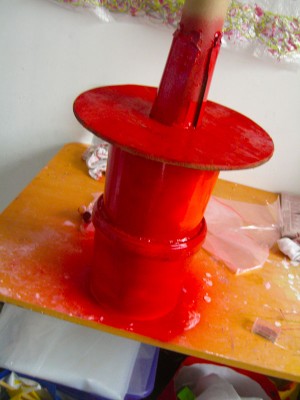
Fig.45. Covered it in paint. Red is an on-going theme here symbolizing energy, passion and anger.
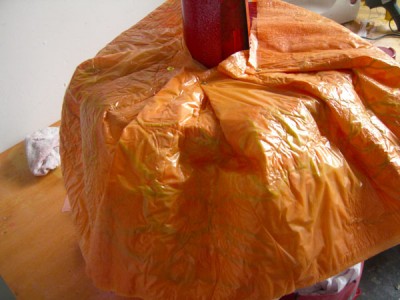
Fig.46. Another variation of my textile piece without any inscriptions. I decided to use this as the drape for the platform. It’s been tacked down with pins.
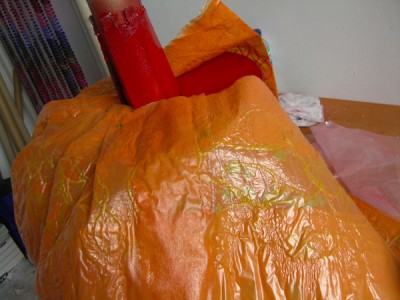
Fig.47. Having seen what it would be looking like I then remove it knowing how to proceed with the work.

Fig.48. Reassembled the different components of the work again.

Fig.49. I am just toying with different looks here.
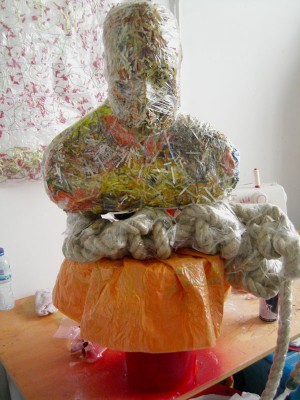
Fig.50. Still trying to see what would work.

Fig.51. Finally arrived at an agreeable look. I have introduced some more red netting to symbolize the radiation of energy.
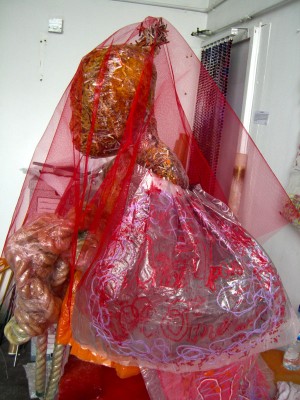
Fig.52. A view in profile.
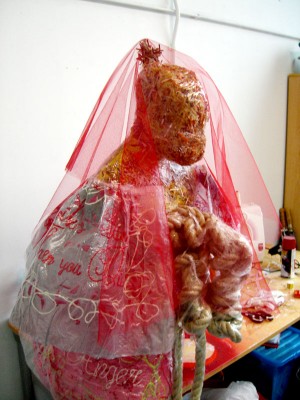
Fig.53. It brings to mind the ‘Red queen’ which is so unexpectedly a fashion installation but says all I want it to say about me.

Fig.54. Its an amazing end to a journey which I had no idea where it would end. The only thing though is that I will be colouring the rope too.
‘Behind the veil’ is an allegory and a metaphor in itself that is supposed to excite curiousity to find out what’s behind the veil, i’e. what’s lurking or has lurked inside me. The hairdo is referencing my cultural background with “olokun” the Nigerian godess mask, and also there is a play on ambiguity here because the hairdo can also pass for that of an European woman. The shredded paper making up the sculpture is sourcing new materials to use in art with sustainability in mind, asking us to conserve energy, and yet the red veil, is simulating the vibration of energy too. With regards to the textiles and their inscriptions, all the feelings and thoughts that I have felt have been put into words with the intention of taking the viewer along with me. The use of symbols which are allegorical, tells the story of my family breaking up, the pain that followed leading to loneliness and disconnectedness, which is why I have used black netting to symbolize these dark moods. While the rope takes us back to the idea of energy and being connected to the source, like an embyo connected to its mother to stay alive, a life force, that gives us life and connects everyone. Thats why the trailing ends have been left so to indicate electric cables. The colour red used through out the work indicates strength, passion, anger, aggression, confidence, and energy in all forms.
While this finished piece was not planned to turn out this way, I feel that with my interests in textiles and fashion, on the surface, I have made something that personifies me in all respects. The androgyny of the figure that was supposed to be a man, but now cannot tell if it is or not. In fact, the figure has become sexless, which is the amazing thing about it. I have always subscribed to the androgynous look, yet that wasn’t what I started out to do, which is very interesting. I have ended up with a dramatic and very theatrical look using textiles which transformed the whole piece all together. Divested of the textiles, it’s just another aggregate piece of sculptural work, but with the textiles, it becomes very arresting, just as much as Yinka Shonibare’s works which are always highlighting the clash between cultural identities, mainly African and Western. But then there is always a sense of drama involved. This piece is saying; ‘look at me’ and commands a presence somewhat like a peacock.

